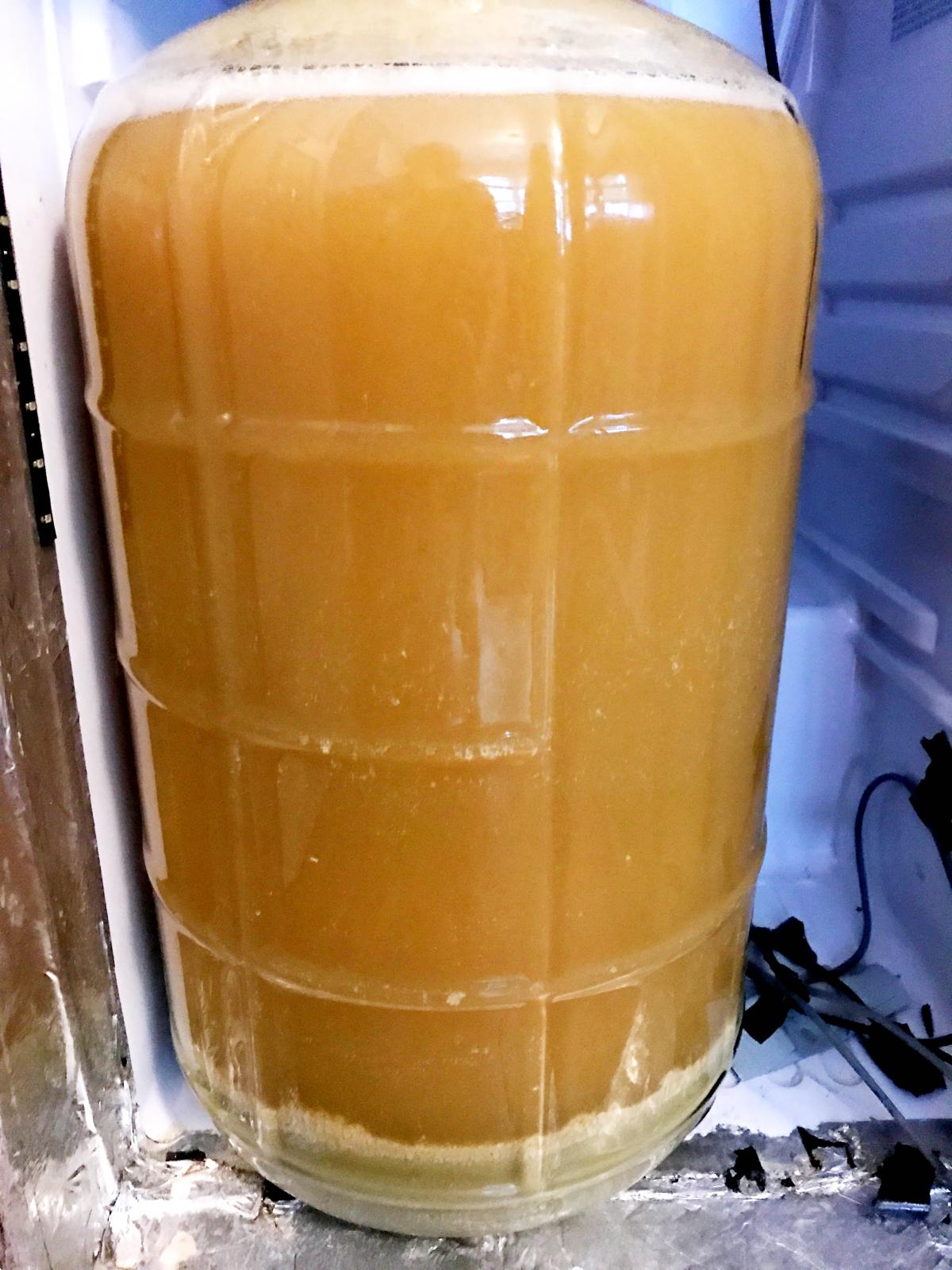It'd just compensate with more base grain for the lower efficiency. Don't even think I'd need to do a PM, just add 1/2lb base and try it. All the liquid gets dumped into the tun and clarified anyway. Thanks for the advice! Got a lighter English Stout fermenting now with plans to make an Imperial with the yeast cake. Some amount of oats will be used so will try then.
Back to topic. I'm severely struggling with IPA off-flavors. Made a 'hazy' Mosaic IPA and bottled as opposed to keg this time. One off flavor is not present this time is a buttery "diacetyl" type flavor which would develop several days after kegging. This might be related to the interaction with hop oils and CO2 pressure as a guy an another thread expressed the exact same issue and found it went away by lowering the pressure.
However, someone with apparently better buds then mine, has detected sulfur compounds in the new Mosaic IPA but none in the stouts nor the Belgiums I had him try. I boil for 75-90min and it's a rolling boil. Is this a pH issue? I used Safeale-05 and had plenty of yeast for the brew. I didn't cold crash but transferred right from primary to bottling bucket CO2 blanketing everything as much as possible...I was getting light headed!

So a lot of trubish material got transferred, way more then usual for me.This is not my normal procedure but was trying an experiment...something different..anything different! Could that be it? I was actually happy with it until he mentioned it so chilling a bomber to try later today to sample.
Want to keep brewing IPAs, but just getting frustrating. I brewed many good/great IPAs along with many dumpers and just haven't figured out the determining factor yet between the two. My stouts come out good to great every single time tho so don't feel like it's my process.
If anyone's willing, on my next batch in mid June, I'll brew an IPA and send some for other's to sample to give some advice on what they're detecting and how to fix it. Thanks!






































![Craft A Brew - Safale S-04 Dry Yeast - Fermentis - English Ale Dry Yeast - For English and American Ales and Hard Apple Ciders - Ingredients for Home Brewing - Beer Making Supplies - [1 Pack]](https://m.media-amazon.com/images/I/41fVGNh6JfL._SL500_.jpg)




















